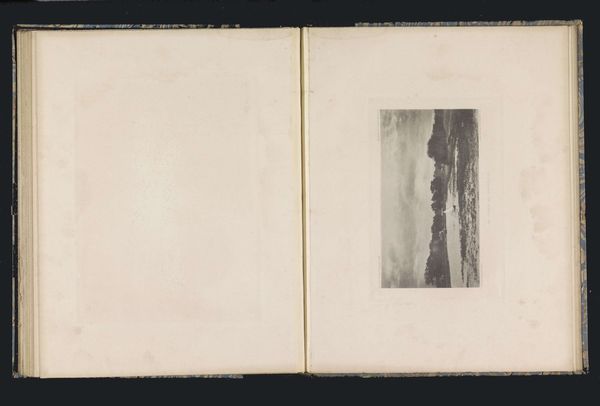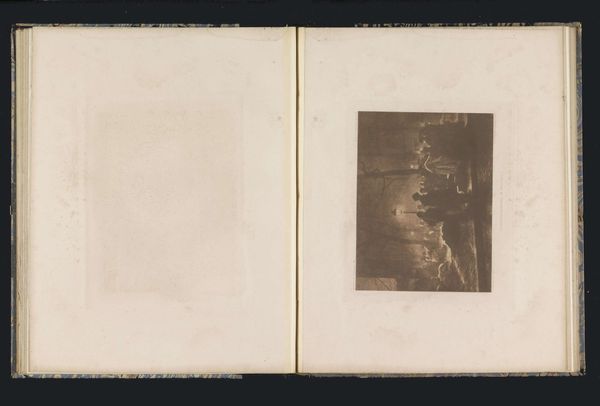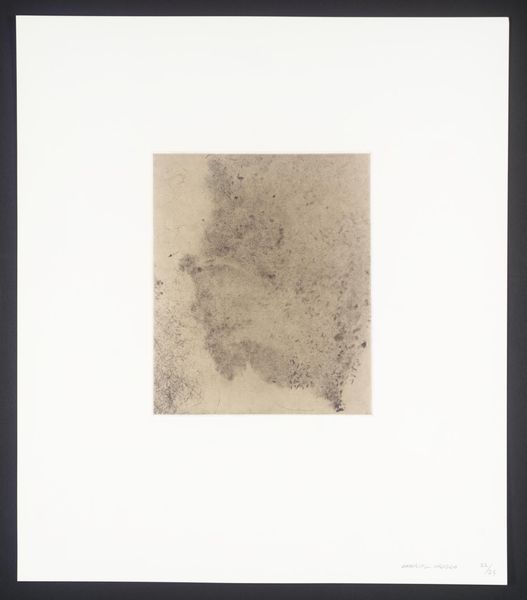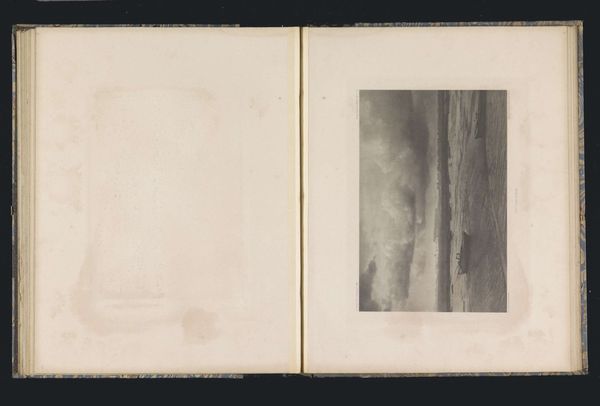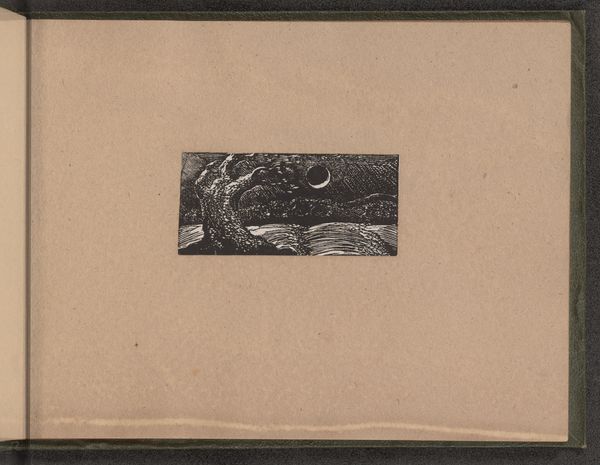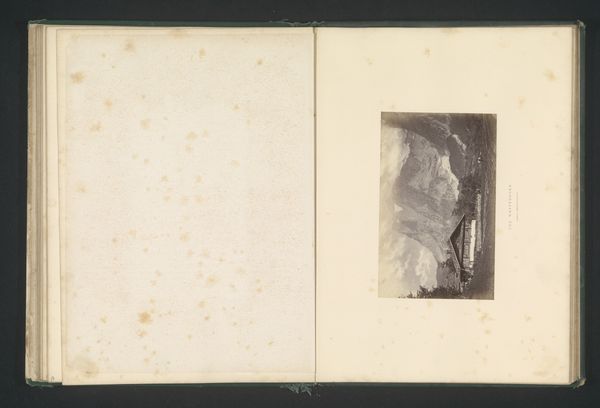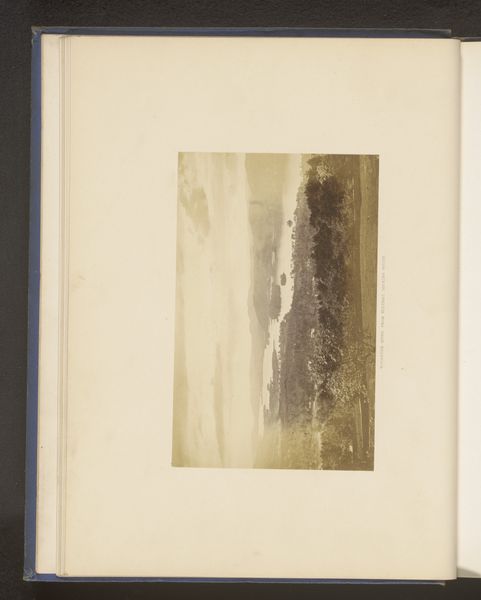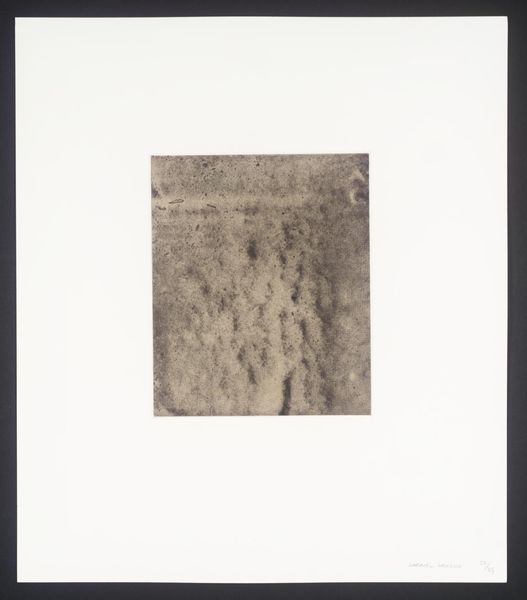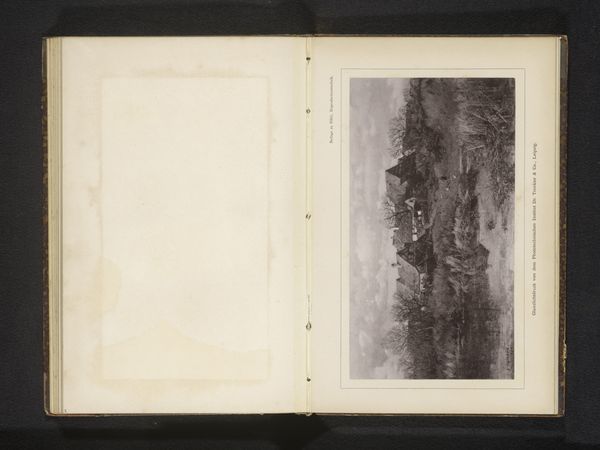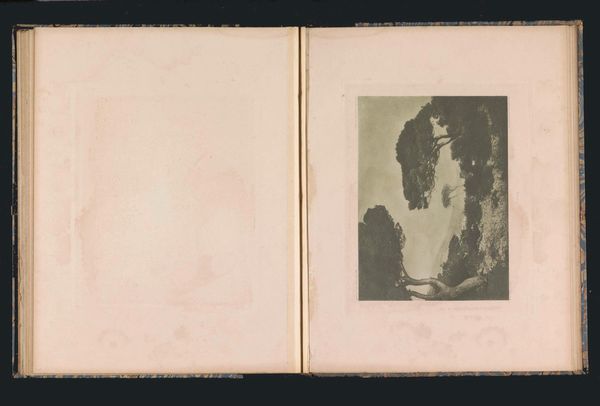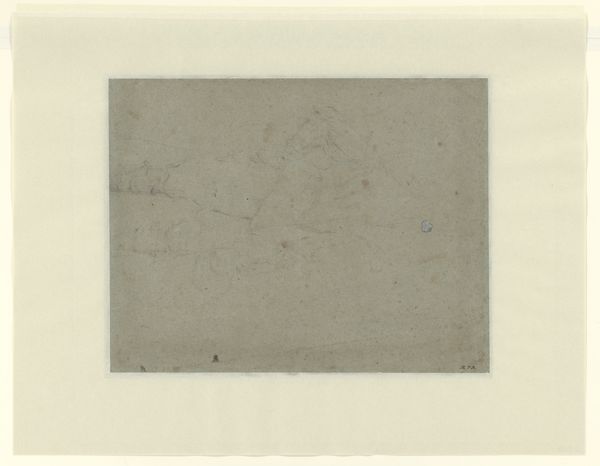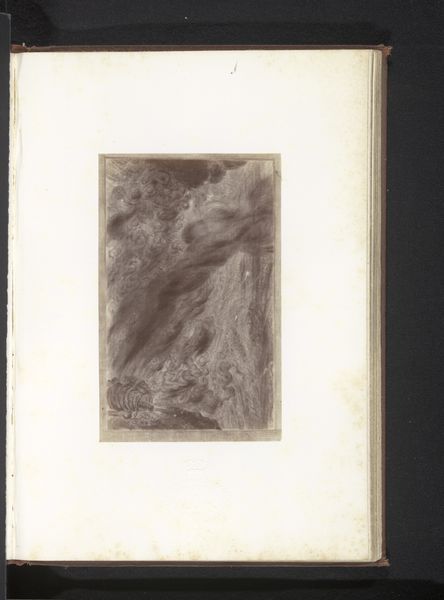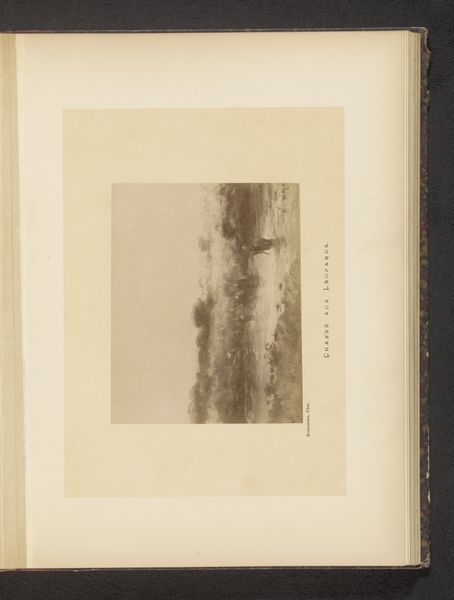
Dimensions: height 90 mm, width 80 mm
Copyright: Rijks Museum: Open Domain
Editor: So, this is Alexander Ver Huell's "Boomrijk landschap met een brug" from 1882. It's a watercolor, ink, and pencil drawing on paper, held at the Rijksmuseum. It’s a very serene landscape; what strikes you most about this work? Curator: It's interesting how Ver Huell situates this Romantic-era scene within the context of burgeoning industrialization. While he’s clearly drawing from the traditions of landscape painting that emphasize the sublime and unspoiled nature, we also see that very nature framed, tamed almost, by the subtle presence of the bridge. Where do you think that bridge places this work socially? Editor: That’s a great question. I guess it suggests a changing world. The bridge makes the landscape accessible, connects people… maybe implying nature is no longer this separate, untouchable entity. Curator: Exactly. And who has access? Are these public or private lands? Works like this played a crucial role in shaping ideas about land use and conservation. How the image of a landscape, especially through institutions like the Rijksmuseum, influences who can "own" that narrative and advocate for its future. Editor: I hadn’t thought of it that way, almost like a political statement cloaked in a pretty picture. It highlights how the social and political landscapes influence art. Curator: Precisely! It is in these landscapes of serene beauty where we find subtle suggestions of power and privilege. The art world shapes and reflects so many things around it, doesn't it? Editor: Absolutely. I’ll never look at a landscape quite the same way again!
Comments
No comments
Be the first to comment and join the conversation on the ultimate creative platform.

